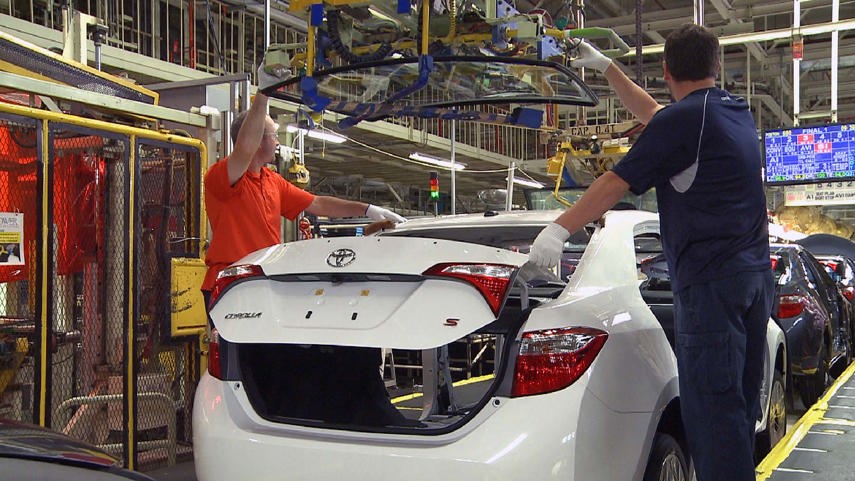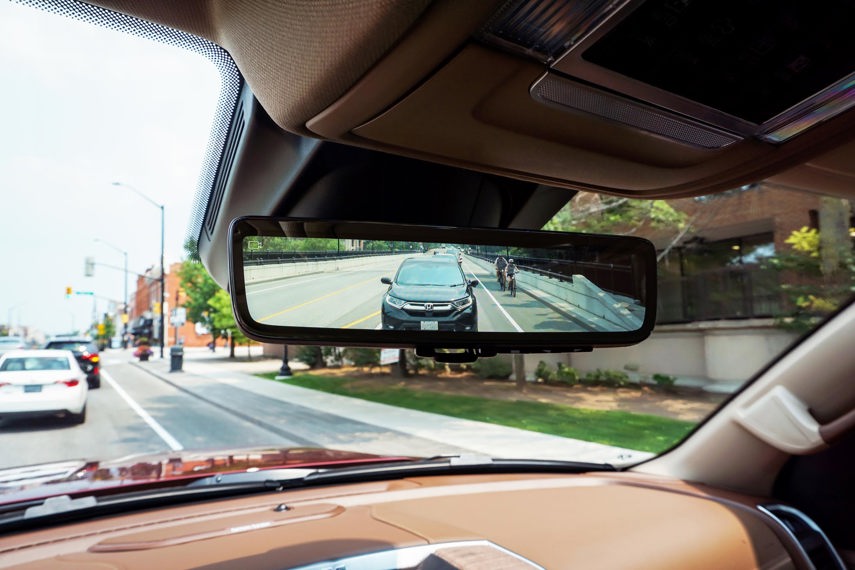If you’ve been shopping for a car lately, you may have noticed things are a little weird in the automotive marketplace. Some new-car lots are half-empty. Used vehicles are more expensive than before. Even renting a car is challenging: you may either be out of luck or out of pocket more than you’d expect.
As with so many aspects of life these days, the COVID-19 pandemic is ultimately to blame, sending ripples out into the auto industry by way of the companies that make high-tech semiconductor microchips, which power all kinds of computerized vehicle systems.
A shortage of those chips is hampering new-vehicle production, which is why many dealer lots aren't brimming with inventory and rental fleets are depleted. Buyers who can’t find the new cars they want are buying late-model pre-owned vehicles instead, creating extra demand in that sector and making used cars more expensive. It’s all a reminder of the balance of supply and demand that normally keeps the auto industry (and any other industry) ticking over in a predictable manner.
To find out more about the causes behind the shortage, how much longer it could go on, and how it affects the Canadian car shopper, we talked to Baris Akyurek, AutoTrader’s Director of Marketing Intelligence, who helped explain the semiconductor microchip shortage and why it’s affecting the vehicle marketplace so profoundly.

What is a Semiconductor Microchip, and What Does it Do?
Semiconductor chips are tiny computer components that make larger electronic devices work. A new car has hundreds or thousands of microchips in it, depending on how it is equipped. Semiconductor chips are also used in electronic products like video game consoles, tablets, smartphones, and even dishwashers and TVs.
In a vehicle, Akyurek says semiconductors are used to run items as varied as navigation and infotainment displays and fuel management systems.
Why is There a Shortage of Semiconductor Microchips?
According to Akyurek, we can trace the auto industry’s semiconductor-related woes to the end of the first quarter of 2020, around the time the World Health Organization (WHO) declared COVID-19 a pandemic.
“Automakers paused their chip orders when the pandemic first hit at the end of Q1 of 2020 because no one really anticipated an increase in vehicle demand at the time,” he said. “But Trader research from 2020 indicates there was an increase in demand for cars due to public safety and health reasons, as interest in public transportation and ride-sharing services declined during the pandemic.”
At the same time, people everywhere began spending a lot more time at home working, learning, and gaming. As a result, demand for consumer electronics (tablets, laptops, and video game consoles, among other products) increased dramatically, which created competition for semiconductor chip supply among makers of cars and consumer electronics.
To make things worse, overall microchip production had decreased due to supply-chain issues, so there were – and still are – fewer semiconductor chips to go around.

If Automakers Need More Microchips, Why Don’t They Make Their Own?
Semiconductor manufacturing is a very specialized process that requires purpose-built factories. Much like some automakers outsource some vehicle components to third-party suppliers, they leave semiconductor production to companies like Taiwan’s TSMC, which also fabricates chips for companies like Apple and AMD, to name a couple.
Japan’s auto industry was better prepared for the microchip shortage than some others because of changes manufacturers there made after the 2011 tsunami. Akyurek said some of the same supply-chain adaptations prompted by that event have helped Japanese manufacturers mitigate the effects of the pandemic.
Still, Japanese carmakers are not immune to the chip shortage: In mid-August of this year, Toyota announced a 40 per cent production cut in September due in part to a semiconductor shortfall.
Akyurek says AutoTrader’s analysis of the situation suggests the worst of the microchip shortage will be over toward the end of this year, and that new-vehicle production should return to “somewhat normal levels” in the second half of 2022.
“Having said that, given the fluidity of the situation, things may change quickly, and we are monitoring the market closely,” he said.
How is the Semiconductor Microchip Shortage Affecting Vehicle Prices?
Akyurek says AutoTrader’s Price Index for August 2021 shows that the average used-vehicle sale price for the month was $29,376, up 16.2 per cent (from roughly $25,250) compared to August 2020. New-vehicle transaction prices are also up to $47,386, a 6.1 per cent jump compared to a year earlier.
Those numbers aren’t surprising, given an AutoTrader survey from July 2021 that shows 28 per cent of new-vehicle shoppers and 11 per cent of buyers in the used market are willing to pay more for a vehicle as a result of inventory shortfalls.
Significantly, 27 per cent of the people AutoTrader surveyed said they would be willing to buy a used car instead of a new one, which Akyurek said is probably behind this year’s increase in pre-owned vehicle prices.
But Akyurek said shoppers aren’t just throwing money at the problem: They’re also adapting their behaviour to get the vehicles they want. According to AutoTrader’s survey, 42 per cent of car buyers were willing to go further to find their ideal car or truck, and 31 per cent said they’d travel more than 400 km for that vehicle.

What Are Car Manufacturers Doing to Keep Building as Many Vehicles as Possible Despite the Shortage?
There aren’t many workarounds that automakers can use to keeping building and selling cars without an adequate supply of microchips. Some car companies are leaving certain high-tech features out of new cars in order to save chips for more critical components. Akyurek cited a Bloomberg report indicating that Nissan is selling some cars without navigation systems, while the Ram 1500 pickup no longer comes with an “intelligent” rearview mirror that can monitor blind spots.
Akyurek said these efforts to keep assembly lines cranking out new cars and trucks are temporary solutions that won’t have a significant impact on the industry’s current situation.
How Should Car Shoppers Adapt?
Where consumers are concerned, however, he thinks the best tool available right now is information, and many people are already making good use of it. Akyurek again cited AutoTrader’s survey, which suggests 35 per cent of shoppers would be willing to spend more time comparison shopping to get the best price possible on the car of their choice.
“I’d like to suggest consumers spend more time on researching the vehicles they are interested in,” he said. “Read review articles, watch videos, and once they have a good idea of the features and prices for the makes and models they are interested in, make sure to use comparison and transparency tools to ensure you have the utmost knowledge about the vehicle before going to a dealership.”

